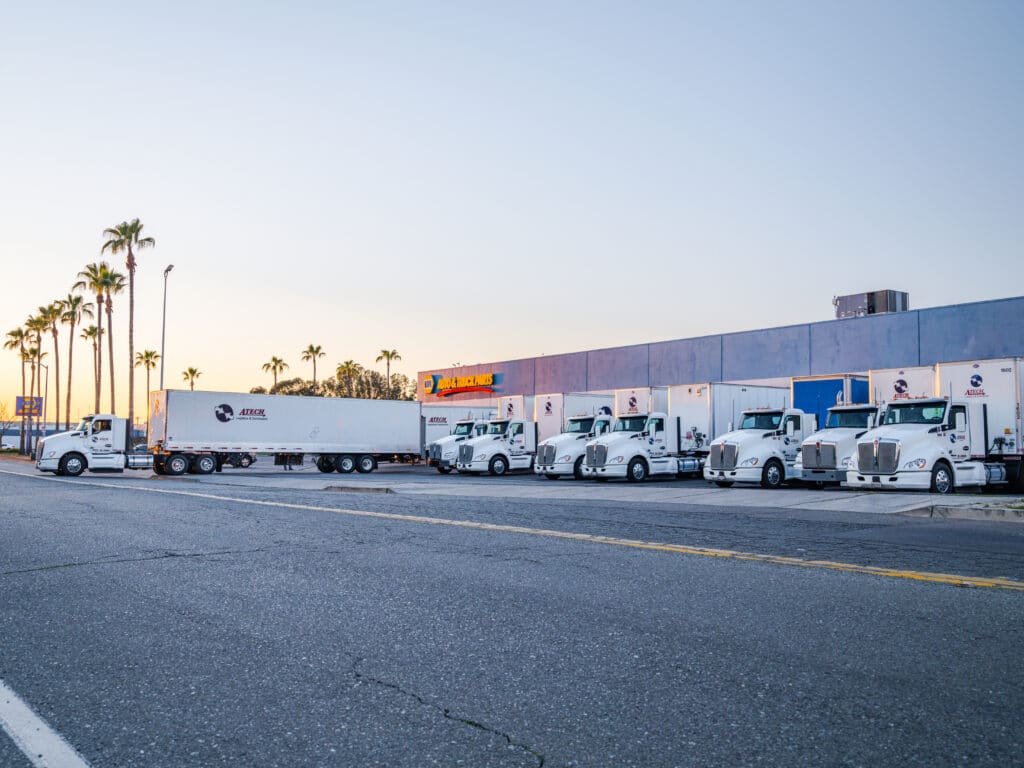
The pandemic brought a handful of disruptions to many industries globally. The supply chain was no exception. Twenty months since the beginning of the pandemic, and the supply chain continues to suffer the impact of COVID-19, and there is no clear resolution on the horizon.
While the usual view at major ports around the United States, including The Port of Los Angeles and Port of Savannah, would never include ships just waiting around to be anchored, lately the view is quite the opposite. Dozens of ships are sitting on the water waiting. For months, the usual routine of ships arriving, docking, and unloading right away has been offbeat.
The busiest commercial ports—many of which are receiving the majority of shipments from China—are experiencing traffic jams and delays, which create a domino effect on manufacturing and retail, and “contribute to inflation”.
The chaos in global shipping has had such a detrimental impact on the economy of the United States that the White House had to get involved.
Impact on Retailers and Consumers
Retailers have been suffering shortages for months now. Companies don’t have the products they want to sell right when they need them. This keeps them from making the sale, which keeps them from bringing in the revenue.
All this translates into taking a big hit financially and potentially losing consumers. In other cases, the retailer has to accrue a higher cost to stock the shelves, triggering a price increase for the consumer.
The great supply chain disruption has a higher impact now as retailers prepare for the busiest time of the year—the end-of-year holidays. With seasonal items being a big percentage of the goods retailers expect this time of year, the impact is greater.
Seasonal items are only good for one thing: the season they are intended for. A fake Christmas tree being delivered months after the holiday can only signify a financial loss, pushing the retailer to either sell it at a discount or store it for a year.
Home Depot Takes Action
Creativity has become the weapon for retailers in an attempt to survive the economic havoc and take matters into their own hands. With the hope to keep shelves stocked with fast-selling items, Home Depot stepped outside the box deciding to rent a charter ship to get goods into the United States on their own.
Bringing charter ships into different ports that can receive such smaller ships, Home Depot innovates to keep things moving. From the smaller ports, items would get loaded into semi-trucks, transported to distribution centers around the country, and eventually shipped to the consumers.
Despite the benefits of having control over the timeline and delivery of goods, the option that Home Depot took is much more expensive—twice as much as usual. This is a big expense that not all retailers can afford to take on, especially smaller ones.
Big companies have the option to take advantage of such expensive alternatives, creating an unbalance in the retail landscape and leaving smaller retailers at a big disadvantage.
During the busiest time of the year, smaller retailers not only will struggle to keep shelves stocked, but will also experience higher costs, pushing them to raise their prices, and potentially sending consumers to bigger retailers who will have the advantage to keep their prices the same.
A Solution That Requires Collaboration
On October 13, 2021, President Biden announced the White House’s involvement to help solve the issue and lessen the impact of the backlog on the supply chain in the country.
After negotiations with the unions, the ports, and the retailers, it was announced that Los Angeles Port and large retailers would operate 24 hours a day, seven days a week, instead of operating under the limited schedule previously in place before.
According to analysts, the impact of having the major port operate around the clock is not going to represent a great advance, unless the remainder of the supply chain follows.
“Everybody has to work 24/7”, said Costas Paris, senior reporter for the Wall Street Journal covering global shipping, trade, and logistics.
Global Delays
Despite major ports being a big part of the puzzle on the supply chain disruption, the twice-as-long shipping timelines are a result of delays around the globe caused by the pandemic.
Delays are happening at each stop of the cargo as it goes around the globe, on its way to the consumer’s hands. This includes not only the ports but the trucks, the trains, the warehouses. “It’s a chain reaction, and it’s not just one part that is responsible,” said Costas. “All of them are. That is why it is called ‘supply chain’”.
As President Biden mentioned during his announcement on October 13, the private sector of the supply chain must also step up to help alleviate the disruption that is affecting companies globally, and contributing to inflation.
“Retailers are saying this is not a temporary problem,” reported WSJ’s Sarah Nassauer, explaining that retailers are planning accordingly and expecting the problem to potentially continue throughout 2023, given that this is not just about the Los Angeles Port, but about problems throughout the supply chain. “There is a very complex chain of problems that are causing this issue.”

